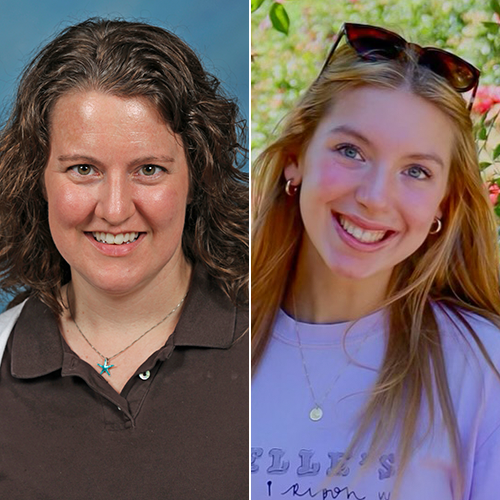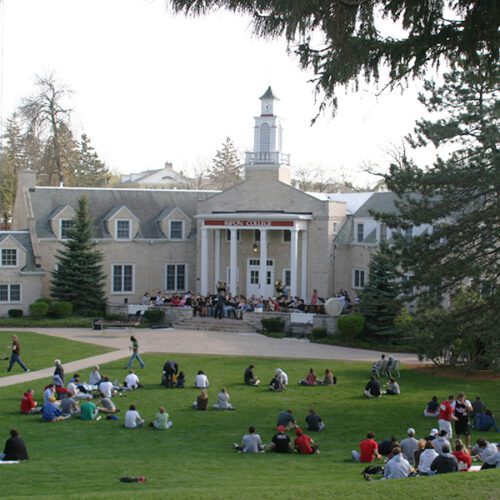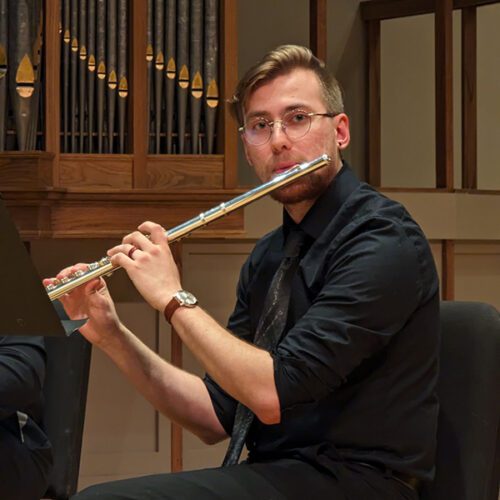The Intern Diaries: Derek Saxon
 Derek Saxon is a junior chemistry major from Iron Mountain, Michigan. He is conducting research this summer on biopolymers with Professor Dean Katahira of the Chemistry Department at Ripon College as part of his involvement with the McNair Scholars Program. He is one of four Ripon College students sharing their stories of research internships and jobs over the course of this summer.
Derek Saxon is a junior chemistry major from Iron Mountain, Michigan. He is conducting research this summer on biopolymers with Professor Dean Katahira of the Chemistry Department at Ripon College as part of his involvement with the McNair Scholars Program. He is one of four Ripon College students sharing their stories of research internships and jobs over the course of this summer.
Ionic Liquids
I have been contemplating the option of using a solvent to dissolve the sugar when I carry out my polymerization experiment. This can be very tricky because, although sugars dissolve in substances like water, they don’t stay dissolved when they form long polymer chains; this is because the molecule is too large to stay in solution. The problem with the molecule becoming a solid during the reaction is that the polymer will not grow any larger at that point, which is not what we want to happen.
I came across substances called Ionic Liquids (ILs) and they seem to be a very viable option for my solvent issue. ILs consist entirely of ions, which are molecules with a positive or negative charge (salt is ionic, for example, and it separates into ions when it is dissolved in water). Some of the most useful ILs are Room Temperature Ionic Liquids (RTILs) because they don’t evaporate easily, they are non-flammable, odorless, thermally stable and recyclable – to name a few. ILs were only recently discovered in the mid-late 1990s. The cation (positively charged molecule) and the anion (negatively charged molecule) can be modified based on the needs of the individual for properties such as polarity, viscosity, density, etc. The cation is usually an organic molecule while the anion is usually inorganic. Products are easily extracted from RTILs and they RTILs can be reused – another significant aspect of them. ILs dissolve just about everything and they have also been used as catalysts (to speed up or initiate the reaction) for various materials. ILs are a significant and promising find for my experimental work due to their tunable properties and since they are environmentally benign. Here is a video about ILs in case you’re feeling ambitious:
[iframe src=”//www.youtube.com/embed/UHMIWk2iIdI?rel=0″ width=”560″ height=”315″ frameborder=”0″ allowfullscreen]
On another note, GRE prep is done for the summer! We concluded this week by taking a full practice exam. I think it was a good experience that will help me as continue to prepare for the GRE next year.
Related Posts
Greta M. Mahler ’25 is first author on published paper detailing laboratory exercise
A paper by Greta M. Mahler ’25 of Athens, Wisconsin, and Barbara Sisson, associate professor of biology, has been published in the journal Zebrafish. “Teaching […]
Ripon College students to perform music recital April 30
A Ripon College student recital featuring student performers nominated by applied music faculty, will be held Tuesday, April 30. The recital will begin at 4:15 […]
Enjoy outdoor lawn concert by Symphonic Wind Ensemble, Rally Band, Jazz Ensemble May 1!
Ripon College will presents its annual Spring Lawn Concert Wednesday, May 1. Featuring the Jazz Ensemble, Symphonic Wind Ensemble and Rally Band, the concert will […]
Ben Cabala ’24 will present senior flute recital April 27
Ben Cabala ’24 of Madison, Wisconsin, will present his senior flute recital Saturday, April 27, at Ripon College. The program will begin at 4 p.m. […]




